Daniel Craig plays a heroin-injecting ‘pervert’ in Queer
The James Bond star gives a raw performance in Queer, based on the semi-autobiographical novella by William S. Burroughs.
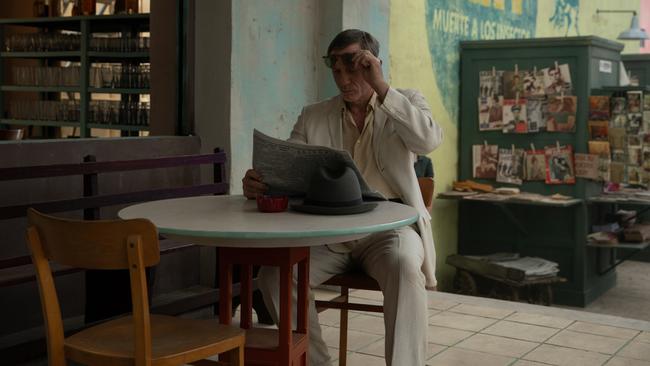
Queer (MA15+)
137 minutes
In cinemas
Three stars
In Queer, a sometimes psychedelic story of obsession, desire and addiction, Daniel Craig moves a world apart from James Bond, the role he called time on in 2021 after No Time To Die.
His character, William Lee, lusts after young men, skols tequila shots, injects heroin and is far from secret about his proclivities. “The Lees have always been perverts,’’ he notes at one point. “It’s been in the family for generations.”
Craig’s emotionally raw performance is the highlight of this patchy film based on the 1985 semi-autobiographical novella of the same name by American writer William S. Burroughs.
It is directed by Italian filmmaker Luca Guadagnino and continues to explore the themes of his outstanding 2017 drama Call Me By Your Name, starring Timothee Chalamet and Armie Hammer. The screen adaptation is by American playwright Justin Kuritzkes, who worked with the director on that film and on the 2024 tennis love triangle Challengers.
Lee is a fictionalised version of Burroughs. The setting is Mexico City in the early 1950s, which is the same as in the novella, which the author withheld from publication for three decades, for various reasons.
He’s a dissipated fortyish American writer who drinks with fellow expatriates, such as Joe Guidry (a scene-stealing Jason Schwartzman), who I assume is based on the beat poet Allen Ginsberg, and has casual sex with younger men.
The eroticism is explicit – far more so than in any 007 movie – but there is also a moving romanticism. Lee is a lecher who’s looking for love. He wears a white linen suit, a grey fedora (which is humorous later when he has an Indiana Jones moment) and carries a holstered pistol on his hip.
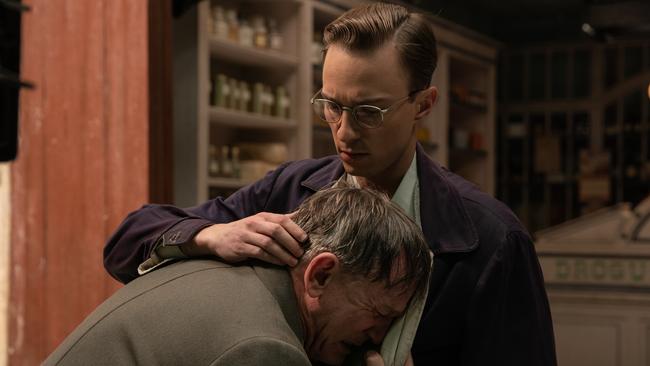
A turning point comes when he walks through the street, stops to watch a cock fight, and sees Eugene Allerton (Drew Starkey), a young American war veteran who is studying in Mexico on the GI Bill.
He is, as Noel Coward put in a 1930s song, mad about the boy. Craig conveys this brilliantly, in the moment and as he comes to know Gene. Lee is a self-conscious, insecure man who has money and brains but a fragile heart.
Lee and Gene, who seems to have a girlfriend, hang out for weeks, mainly drinking, and it’s unclear if Gene is attracted to men. He’s self-confident, knowing, distant, sometimes petulant. When Lee, thinking of Gene, says he has bigger fish to fry, Joe jokingly agrees that he’s “cold, slippery and hard to catch”.
This film unfolds in halves. In the first, Lee pursues Gene. I will not reveal whether or not he catches him, though readers of the book will know. This is the best part of the film, especially for Craig’s performance.
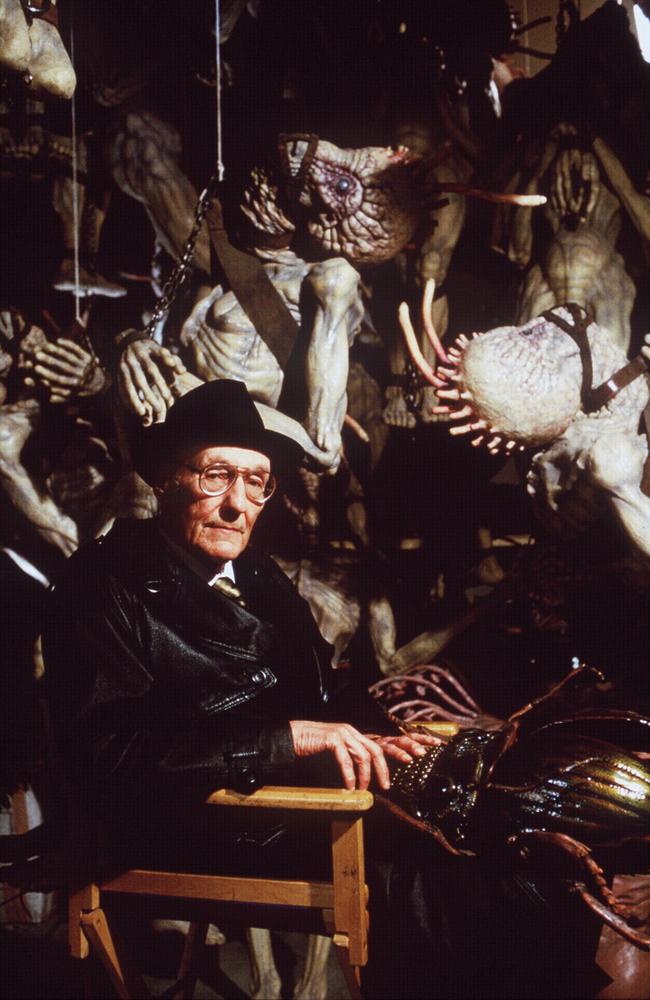
In the second, Lee and Gene travel to South America, where Lee wants to find a psychotropic plant said to aid telepathy.
In Ecuador they meet a maddish American doctor (an unrecognisable Lesley Manville) who lives in the jungle and is an expert in the plant. This is where the film becomes psychedelic and, for this viewer, less interesting.
Before seeing this movie it would be beneficial to read the book, or at least Burroughs’s Wikipedia entry. The director only alludes to some significant moments in the author’s life.
For example, he wrote Queer while awaiting trial for shooting dead his common-law wife. The Lee we see is not married, but this William Tell moment still happens, in a deeply psychological way.
How queer is Queer? It is certainly queer for the 1950s. Lee admits his younger self had suicidal thoughts but he decided to “conquer ignorance and hate with knowledge, sincerity and” – he pauses – “love”.
That remains relevant today.


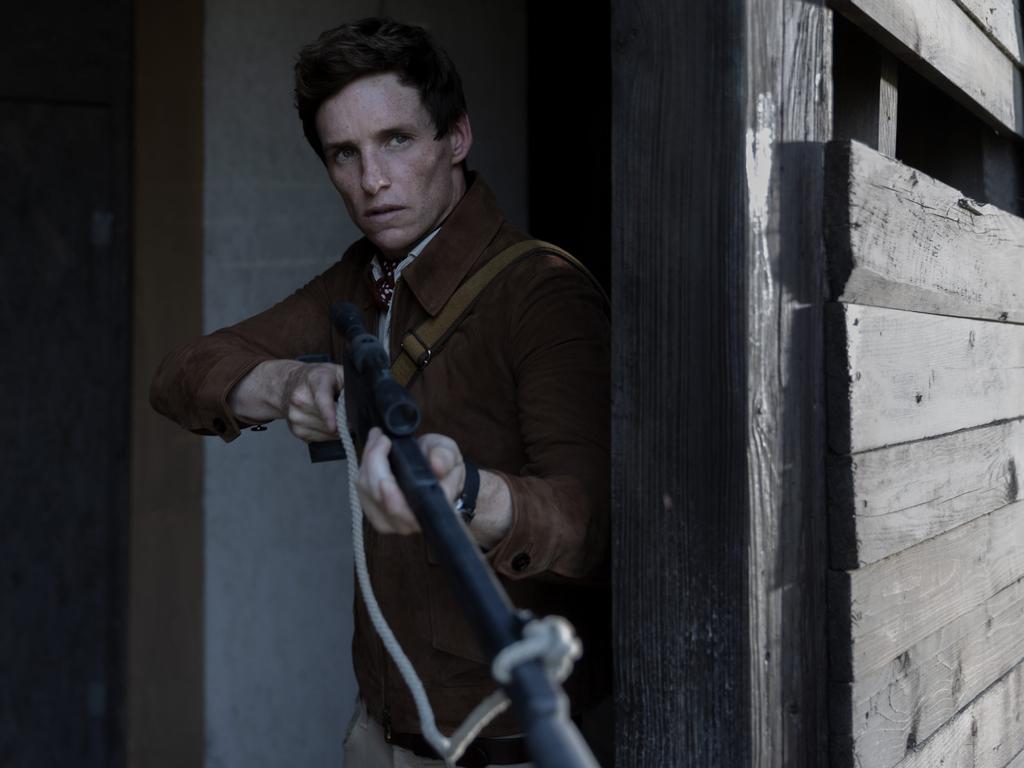
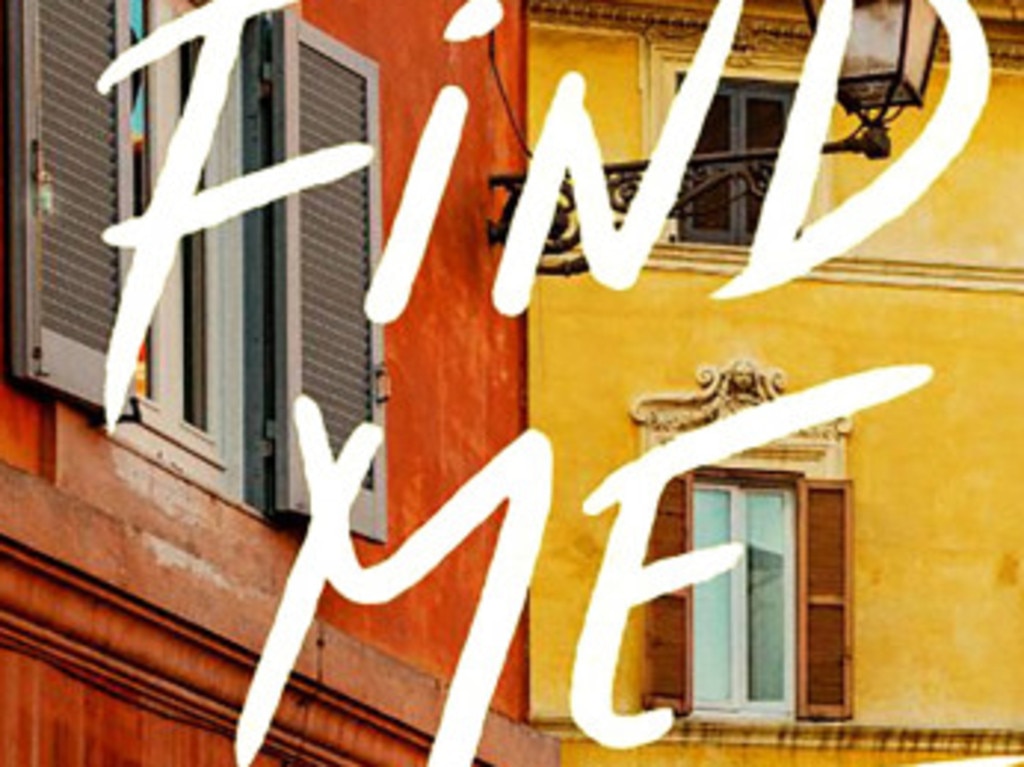

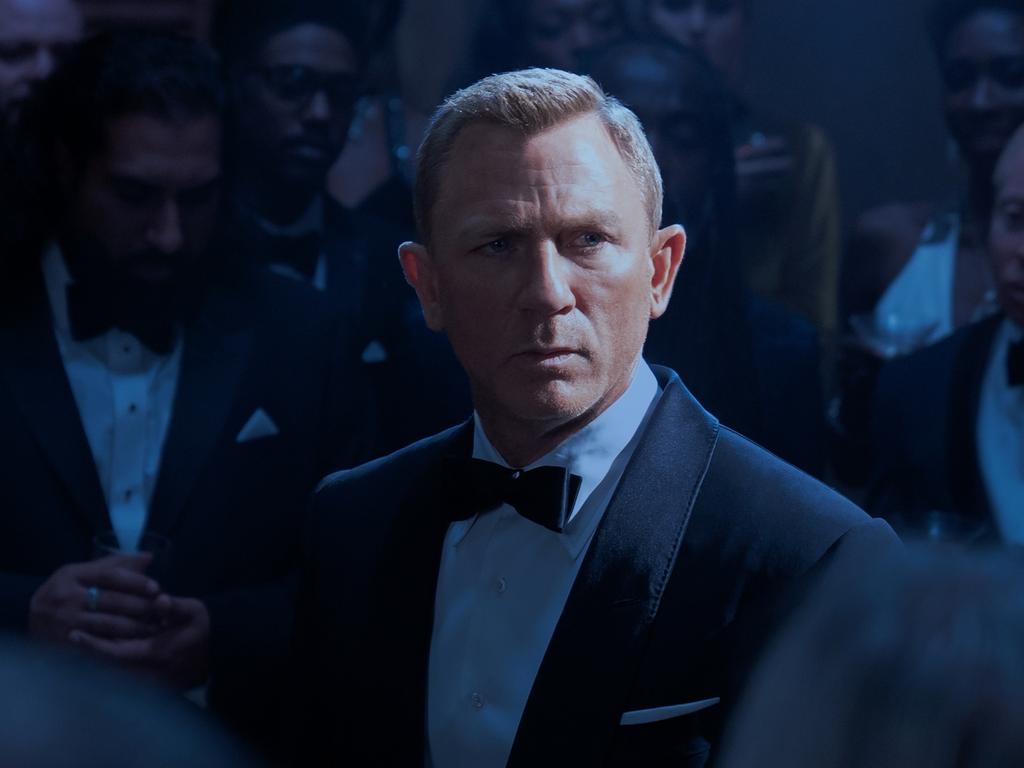
To join the conversation, please log in. Don't have an account? Register
Join the conversation, you are commenting as Logout